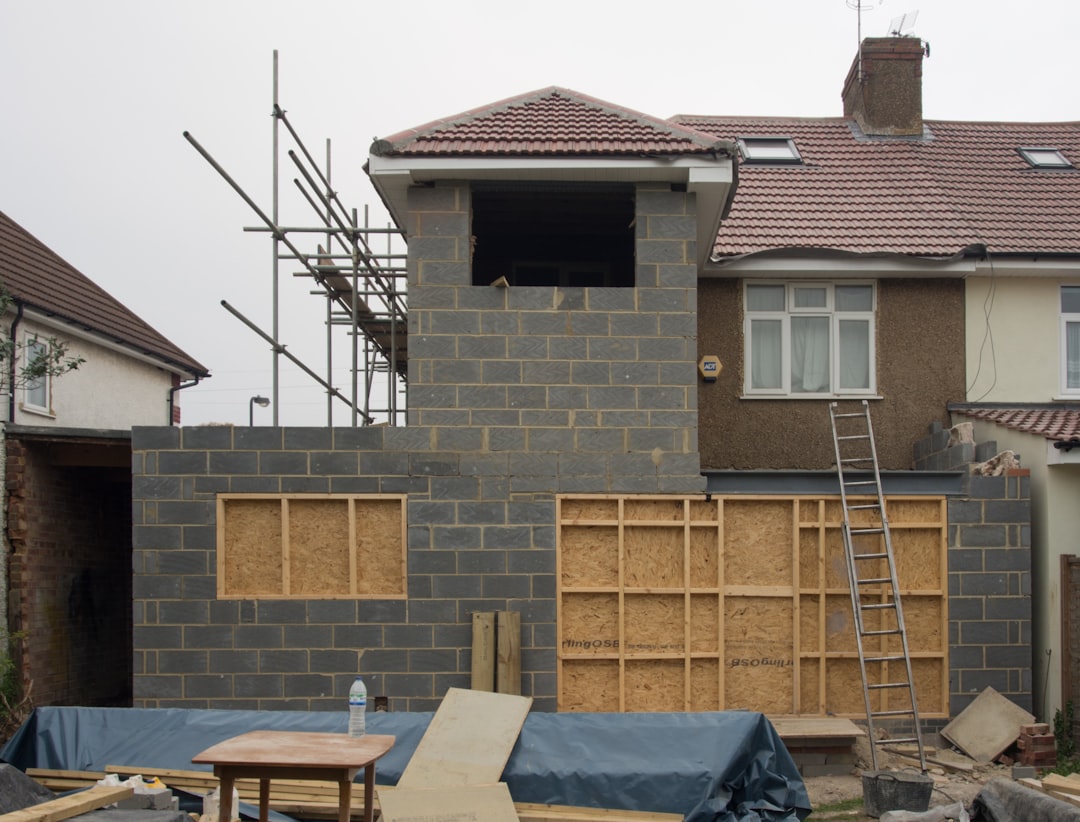
Installing a ridge vent is crucial for maintaining roof health and energy efficiency. The cost to install a ridge vent typically ranges from $7 to $18 per linear foot, depending on materials and labor. For a 45-foot ridge, expect to invest between $450 and $800. This includes removal of old shingles, installation, and cleanup. Let's explore the factors influencing these costs.
• Standard shingle-over ridge vents are cost-effective.
• Aluminum or copper options are pricier but durable.
• Integrated systems can increase costs by 20-30%.
• Simple roofs can be completed in half a day.
• Steep slopes require more time and safety measures.
• Complex designs add to labor costs.
Most homes need 30-60 feet of vent material. Accurate measurements are crucial to avoid overestimation.
Labor rates vary by region and season. High-demand areas may see increased costs.
For a mid-sized asphalt shingle roof:
• Low end: $7–$9 per linear foot
• Mid range: $9–$12 per linear foot
• High end: $12–$18 per linear foot
These prices include all necessary materials and labor.
1. Voice-first walk-through: Describe your roof details for an instant estimate.
2. Instant material matching: Get live pricing from local suppliers.
3. Real-time labor rates: Adjusted for specialization and location.
4. Dynamic blueprint takeoff: Upload plans for automatic measurements.
5. Share-ready quote: Receive a detailed PDF estimate quickly.
• Schedule during off-peak months for better rates.
• Bundle with other roofing projects to save.
• Choose quality shingle-over vents for value.
• Reuse existing materials when possible.
• Leverage bulk-buy discounts on supplies.
Does every roof need a ridge vent?
Most modern roofs benefit from ridge vents, but some may require alternative solutions.
Can I DIY this project?
Professional installation is recommended to ensure compliance and avoid issues.
Will a ridge vent lower energy bills?
Yes, it can reduce cooling costs by 5-10%.

A client in Lexington, KY, with a 2,100 sq ft home, saved $380 using CountBricks. Our AI measured 42 feet of ridge from a photo, recommending a premium vent at $9.20 per foot and labor at $4.80 per foot. The total quote was $588, including all necessary work.
• Verify linear footage to avoid inflated costs.
• Ensure ridge cap shingles are included.
• Check for proper intake vent calculations.
• Request manufacturer approval documentation.
1. Instant Labor Calibration: Adjusts for roof complexity.
2. Voice-to-Invoice Workflow: Simplifies billing.
3. Blueprint Takeoff Accuracy: Ensures precise measurements.
CountBricks simplifies the cost analysis for ridge vent installations, making it easier for contractors and homeowners to make informed decisions. Explore more at CountBricks.com.